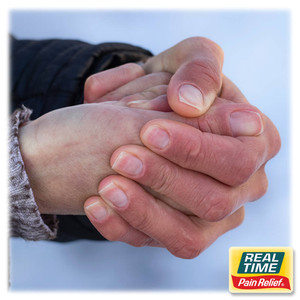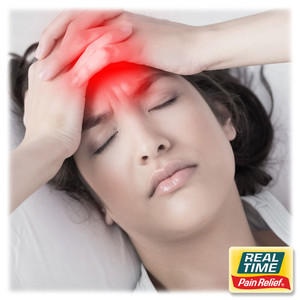What Steps Should Schools Take?
25th Aug 2021
Sharing play dough and snacks may be a thing of the past, but eventually schools will have to reopen. Promoting peace of mind for parents and returning teachers and creating the safest environment possible for children are musts. School boards and educators are working full time discussing how to proceed, and the CDC is set to weigh in soon as well.
Early on, the CDC set out guidelines for increased hand sanitizer use and availability in many public facilities to help promote a germ-free environment.
Here are 5 hand sanitizer recommendations that would work well in school environments.
Provide Adequate Supplies—Ensure there is plenty of hand sanitizer available for students and teachers to use, such as automatic dispensers or pump bottles in each classroom and throughout hallways, as well as soap and paper towels for handwashing.
Post Revised Hand Sanitizer Guidelines—Updated guidelines should be posted throughout classrooms and hallways to direct students and teachers to use hand sanitizer more often.
Require Frequent Hand Sanitizer Use—By requiring and reminding students and teachers to use hand sanitizer frequently, especially after touching their face, covering a cough or sneeze, or handling shared or common items, there will be reduced opportunities for the virus to be shared.
Sanitize Between Students—Provide commercial grade sanitizers for teachers to use to wipe down their classroom after each group of students has left, including desks, chairs, door handles, and anything else commonly touched.
Use Hand Sanitizer Properly—To reduce the risk of students or teachers not using a large enough volume of sanitizer or wiping it off before it has dried, hand sanitizer should be rubbed over all the surfaces of the hands and fingers until the hands are dry. This should take around 20 seconds. Automatic dispensers will help ensure that everyone gets enough but not too much.
Pain Relief You Can Trust® Since 1998
For over 20 years, families across the U.S. have turned to Real Time’s lotions and creams for PAIN RELIEF YOU CAN TRUST®. From Lifestyle Essentials, through our Nujuvena line, to Pain Relief Formulas, Real Time has you covered. LEARN MORE





